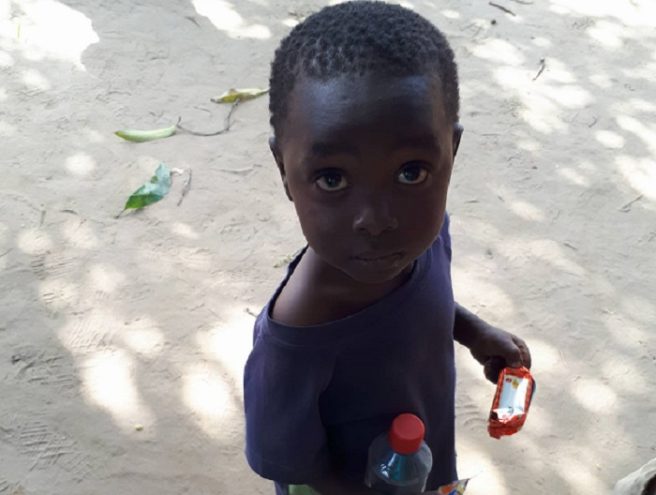
What I learned from the survivors of child sex trafficking in Kenya
As I held her little hand walking to school in the African dusk, we kicked up the red dust around us. Even with the language barrier, it was hard not to instantly fall in love with little Sara,* her massive brown eyes and ear-to-ear smile.
We reached the school and she darted off with her teacher, purple princess backpack bouncing. It was nearly easy to forget the tragic circumstances that had lead her to the St. Bakhita’s Home for Girls.
Four-year-old Sara and her 12-year-old sister Fiona were in the care of nuns in a girls rescue home outside of Mombasa, Kenya. The two had seen their mother burnt alive.
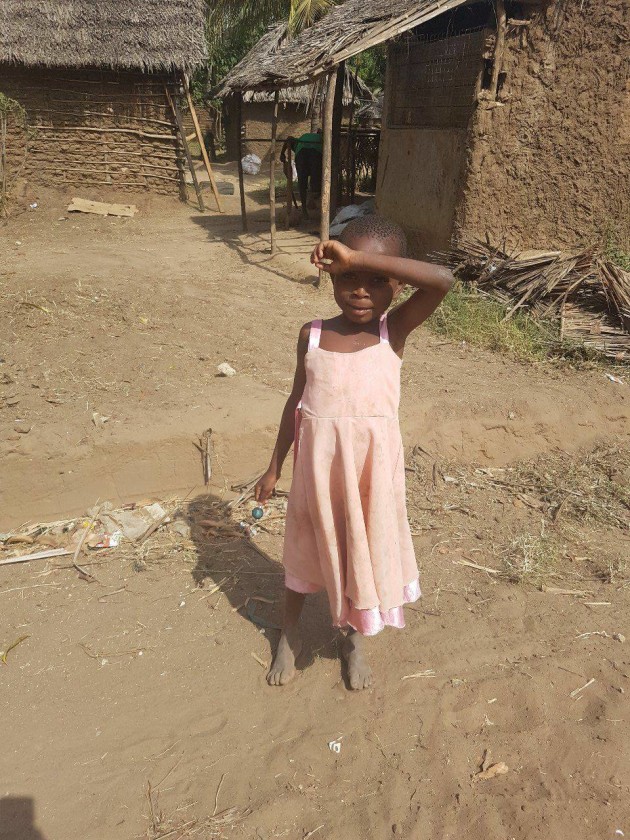
The rural village they lived in had been convinced that their father was a witch, so they set wife and mother of five alight. Fiona had rescued her baby brother off her mother’s back, as the crowd poured petrol on her. She had recurring nightmares when she arrived, and the girls refused to be separated, even sleeping together in the same bunk.
For a while I didn't want to know the girl’s stories, I wanted to keep them in my mind as the lively and curious group dancing to Swahili music or racing along a beach.
But then again, I didn't expect to get so attached. I didn't know what to expect really. When going to Kenya for the first time, my impressions of Africa had been previously formed by movies, the odd novel and the sad looking mites on Trocaire boxes.
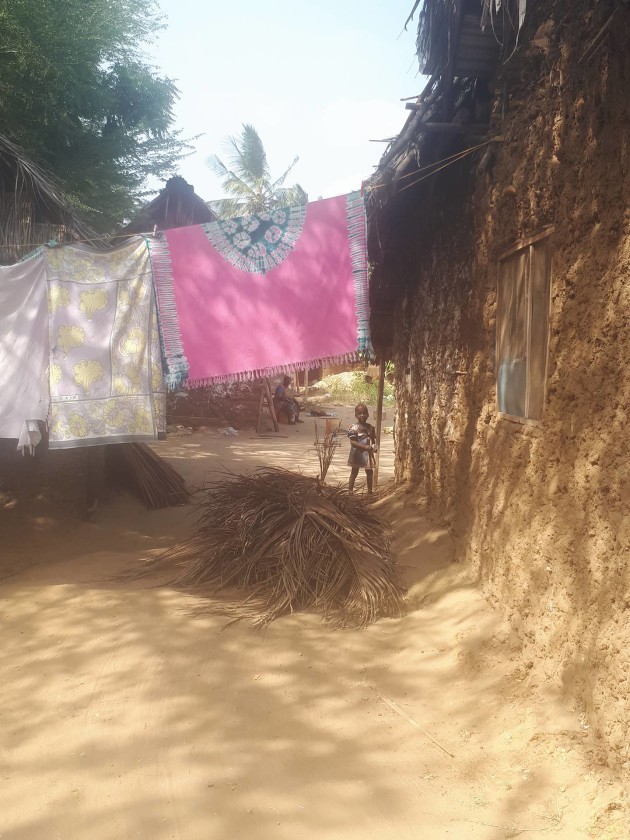
The urge to do something different and general feeling of “why-not” after leaving college, spurred me to join 25 other volunteers heading to Mombasa with The Ray of Sunshine Foundation.
In 2016, the Irish charity built a centre for girls rescued from the sex trafficking industry and other abusive situations. Named St. Bakhita’s Home for Girls it opened its doors in February 2016. To date, more than 40 girls have stayed there. They returned this year, to build an adjoining centre for boys.
For a city with the same population as Dublin, sex trafficking and drug abuse are massive problems. Girls are often sold by or taken from their family and forced into prostitution from a young age.
We arrived with the third group of volunteers, and got busy. Working alongside local labourers and tradesmen, we plastered, painted and dug. I’m now fairly confident that I could pass a first year woodwork exam due to my newfound prowess with a screw gun.
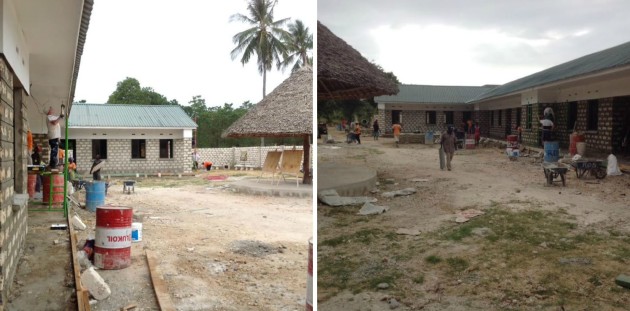
With the craic and the sun a plenty, it was jarring to think of the overwhelming poverty just outside the gate, or the harrowing experiences the girls had endured.
In order for the girls to be brought to the nuns at St. Bakhita’s, they first had to go through the local court system. Once a child in danger has been identified by authorities it takes a minimum of two weeks to remove them.
In an abuse case, the child is asked questions by the defendant, no matter how traumatic it is for them. In one case, a 6-year-old had been raped by a grown man. Seeing him in court, she began to scream in terror, but was still forced to answer his questions- eventually through an interpreter.
Several of the girls, no older than 16, had already had children. They were in a local orphanage, and brought to see their mothers on the weekend. One of who had been abused by her grandfather, who still denied that the child was his- despite a 99.9% DNA match.
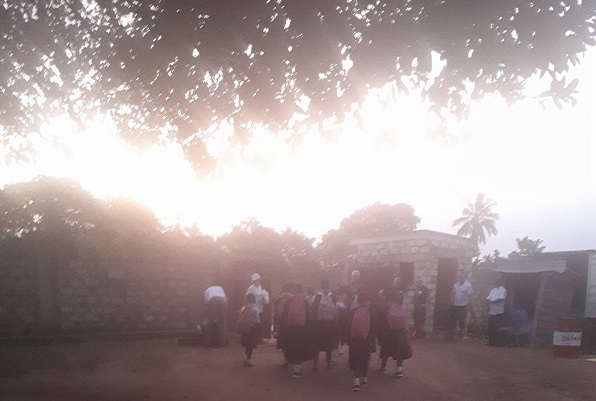
Yet they still laughed at my silly attempts at dancing and braided each other’s hair on Saturday mornings. When asked what they wanted to be when they grew up the answers included nurses, teachers and lawyers. One answered that she wanted to be a pilot, so she could fly to Ireland to visit all the volunteers.
The girls helped with the chores around the centre, most went to school, they had an arts and crafts room as well as their own beds and storage lockers. It was impossible not to sense the love and genuine affection between the nuns and the girls.
Before going over, I was firmly in the anti-church camp, and my opinions of nuns formed by gothic tales and re-watching the Magdalene Laundries at least once a year. But it was difficult not to admire these women, their quiet ferocity, dedication and sense of fun.
Sister Agnus, at 24, only a year older than myself, would regularly jump into a ditch to help digging or would grab a paintbrush without warning. Somehow her habit would be spotless the entire time, while I would be picking mud and wood varnish off my arms for days after.
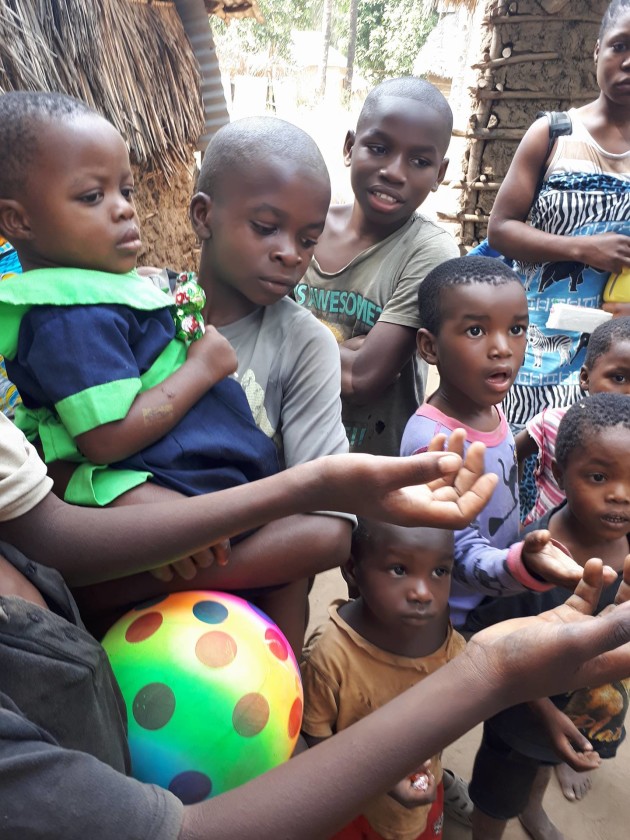
After a week there, the comforting familiarity of the centre was yanked out from under us again. Lead by the nuns, we meandered en masse to a local village to see the locals and to bring supplies. Lead by the village chief, the elder ladies sat on deck chairs while the younger, some with babies strapped to their backs sat on the ground. Most of the men had gone to work.
One by one, the families were called up, given sugar, flour, soap and rice. We handed out bags of sweets to the children.
You expect children to grab at bags of sweets, you don’t expect their parents to.
The village chief opened her house for us to see inside. Made from mud walls and corrugated iron, it was about the size of a suburban garage. Eight people lived there, they cooked indoors with no proper ventilation, and some slept on the floor. When asked how they survive rainy season she shrugged and said that the water runs out the door.
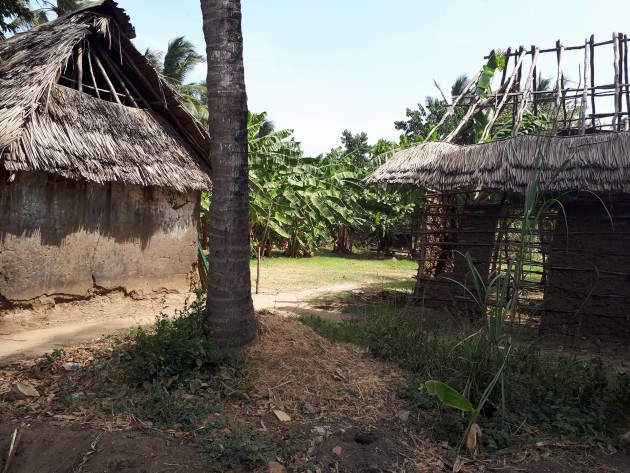
The Kenyan people, at least those I personally encountered, are open, welcoming, quick to laugh and glad to teach you the odd Swahili phrase or two. But they were tough, resilient, the phrase ‘survival of the fittest’ often springs to mind.
The country is so large and beautiful, you could nearly sense the potential underneath the dust. The sandy white beach and crystal blue sea, lined with palm trees looked like a postcard for the Bahamas yet tourism to the area has plummeted in recent years due to political conflict. So why is it so poor? Why is 95% of the wealth owned by 5% of the population?
Corruption has a major role to play in the vast poverty of Kenya. According to locals I encountered on the beach, to even be considered for a job in a factory or other major employer, you need to bribe the person that is hiring. If you’re too poor to afford the bribe, you don’t get hired.
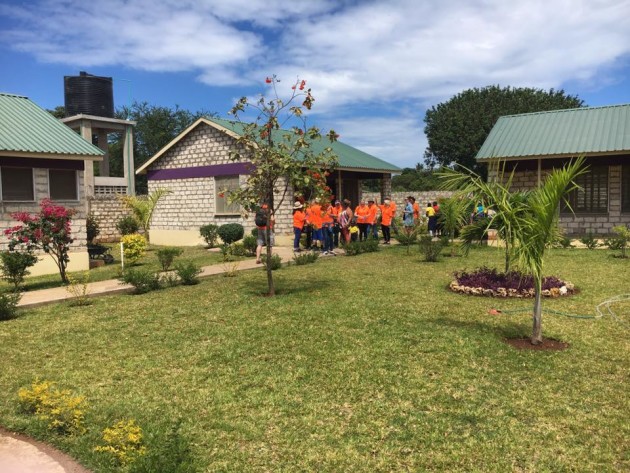
Belle was gang-raped by five men when she was 14-years-old. They had the medical reports, witness statements and more than enough evidence to put the men away.
But her father couldn't afford to bribe the police. The men went free for over a year, until Belle’s father came to the nuns for help.
The next day, the men were arrested and charged.
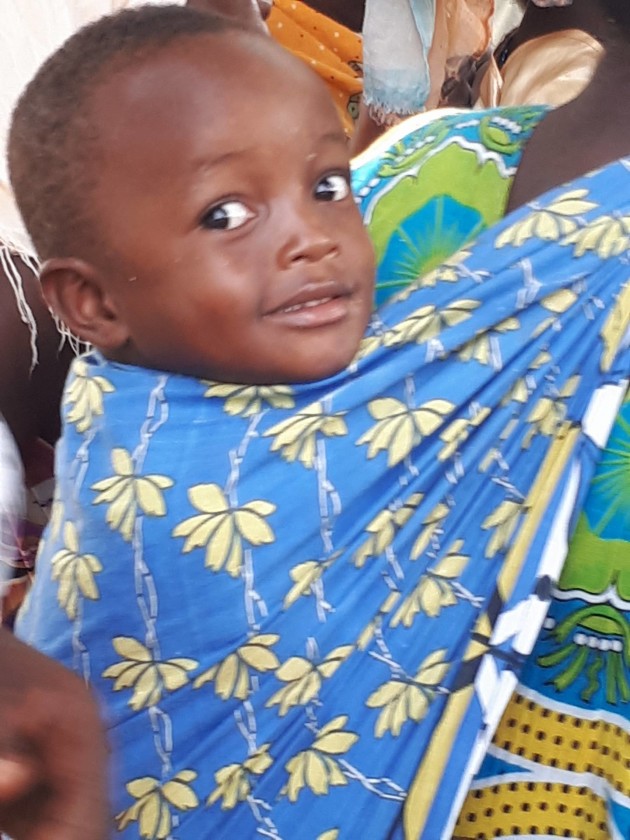
It’s so easy to get overwhelmed by it all, to get cynical, hopeless, wonder if there’s anything that can be done when so much seems wrong. It wasn't until I was sitting at home looking at the green fields of Meath did I question if it was all worth it, if I personally had made even a smidgen of difference.
Then I remembered little Sara’s smile, and realised that yes, even to save one child is worth it.
At the very least, they now know the words to Everywhere We Go.
For more information on The Ray of Sunshine Foundation click here.
*names changed to protect identities
Article by Katie Meegan.














